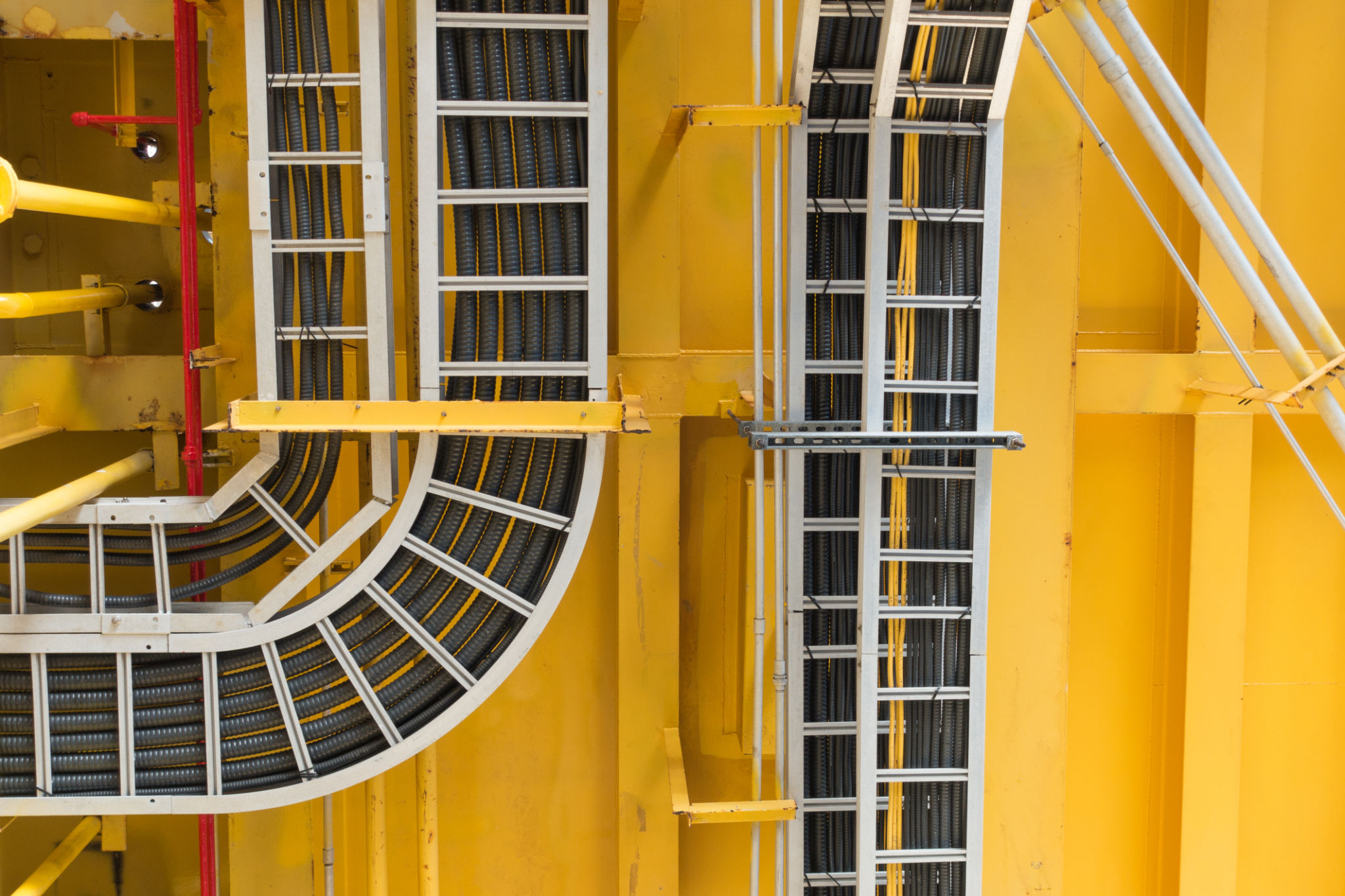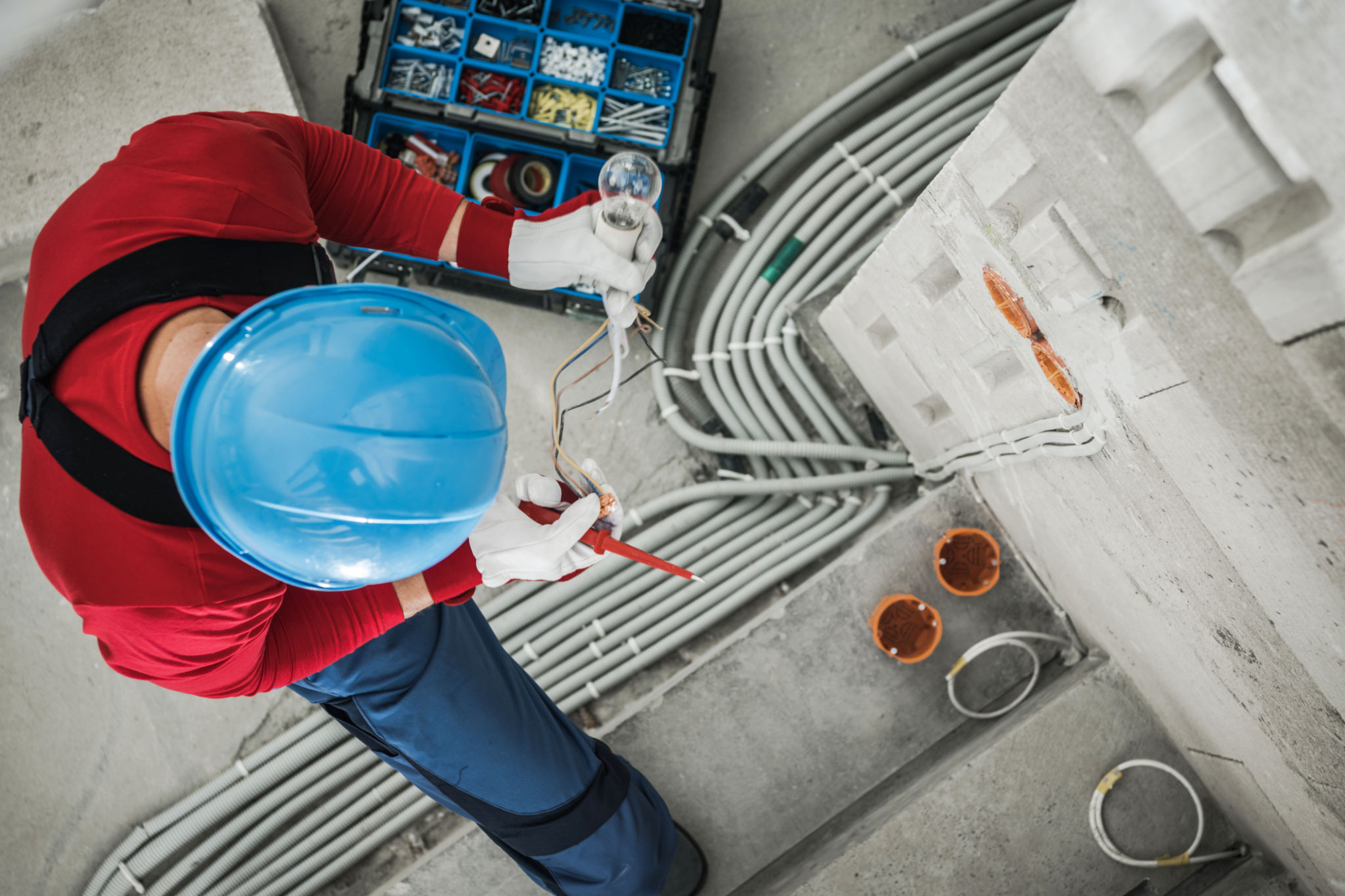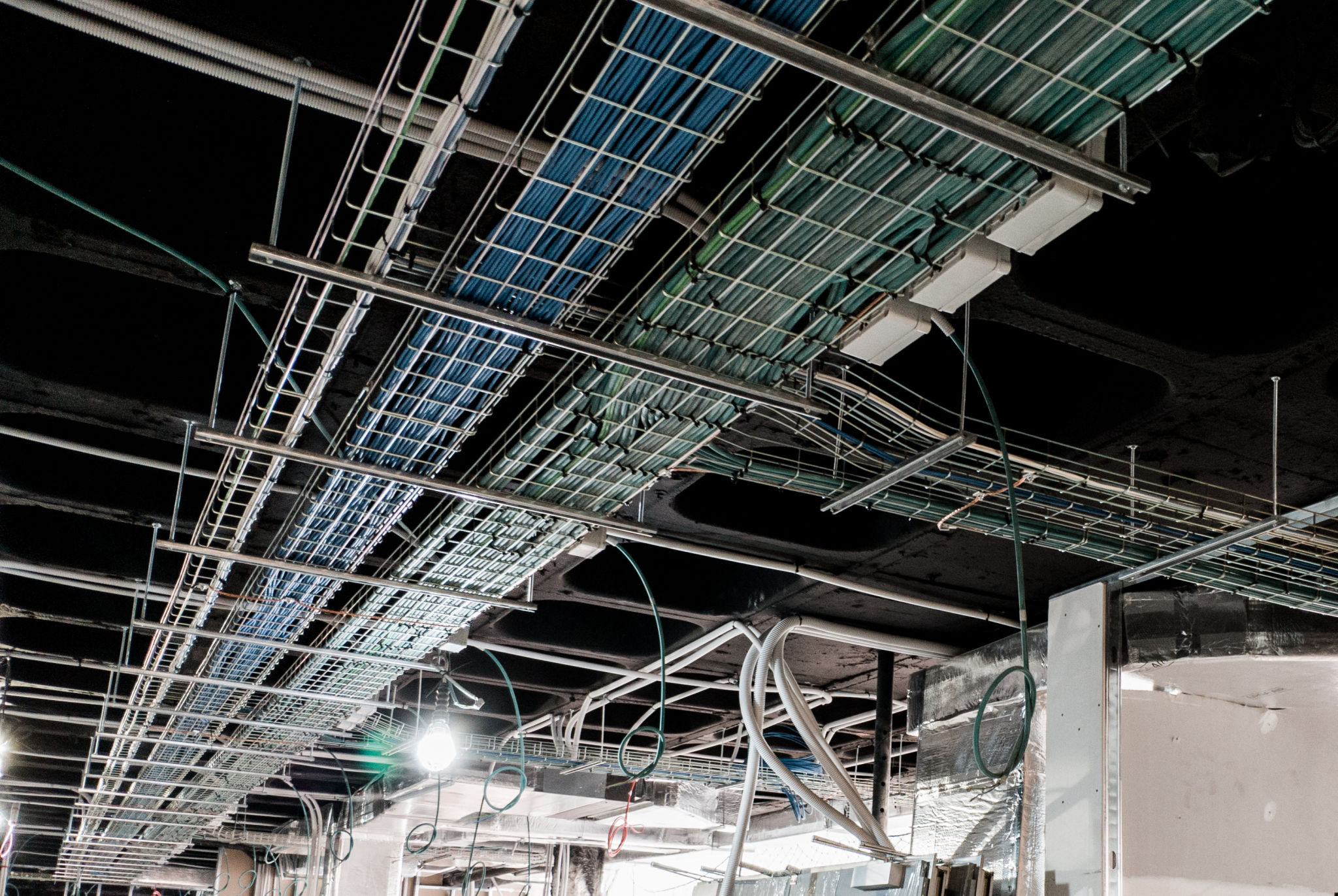Comprehensive Guide to Ladder Type Cable Trays: Everything You Need to Know
Introduction to Ladder Type Cable Trays
Ladder type cable trays are an essential component in electrical infrastructure, providing a robust pathway for supporting and managing cables in various industrial and commercial settings. They are designed to provide maximum ventilation and enhance the life of cables by reducing heat accumulation. In this comprehensive guide, we will delve into everything you need to know about ladder type cable trays, their benefits, installation, and maintenance.

Benefits of Ladder Type Cable Trays
One of the primary advantages of ladder type cable trays is their open design, which allows for excellent ventilation. This feature helps in dissipating heat from the cables, thereby preventing overheating and extending the lifespan of the cables. Additionally, ladder trays are known for their strength and durability, making them suitable for heavy-duty applications.
Another significant benefit is their flexibility in design and installation. Ladder cable trays can be easily cut and configured to fit various layouts, accommodating both straight runs and complex turns. This adaptability makes them a popular choice in industries where space and design flexibility are crucial.

Installation Process
The installation of ladder type cable trays involves several critical steps to ensure optimal performance and safety. It begins with planning the layout, taking into account the load capacity and environmental factors. It's essential to consider the weight of the cables and any additional loads when selecting the appropriate tray size.
Once the design is finalized, the next step is to fix the support structures. These supports should be placed at suitable intervals to prevent sagging. After securing the supports, the trays can be laid out and joined using standard fittings. Finally, cables are placed into the trays, ensuring they are secured and organized effectively.

Maintenance Tips
Regular maintenance is crucial for ensuring the longevity and performance of ladder type cable trays. Inspecting the trays for signs of corrosion or damage should be part of a routine maintenance schedule. Any accumulated debris should be cleared out to maintain proper ventilation.
It's also important to periodically check the support structures and fittings for any signs of wear or loosening. Tightening bolts and replacing any damaged sections can prevent potential failures. Keeping a detailed maintenance log can help track inspections and repairs, ensuring the system remains in optimal condition.

Applications and Use Cases
Ladder type cable trays are extensively used in various sectors, including telecommunications, power distribution, data centers, and manufacturing plants. Their ability to handle high volumes of cables makes them ideal for projects involving complex wiring systems.
In data centers, for instance, ladder trays provide an organized way to manage large quantities of network cables while ensuring proper airflow. Similarly, in industrial settings, they support power cables and facilitate easy upgrades or modifications to the electrical system.
Conclusion
Ladder type cable trays offer an array of benefits that make them a preferred choice in many industries. Their strength, durability, and ease of installation contribute to their widespread use. By understanding their features, installation process, and maintenance requirements, businesses can effectively utilize these systems to enhance their electrical infrastructure's reliability and efficiency.
